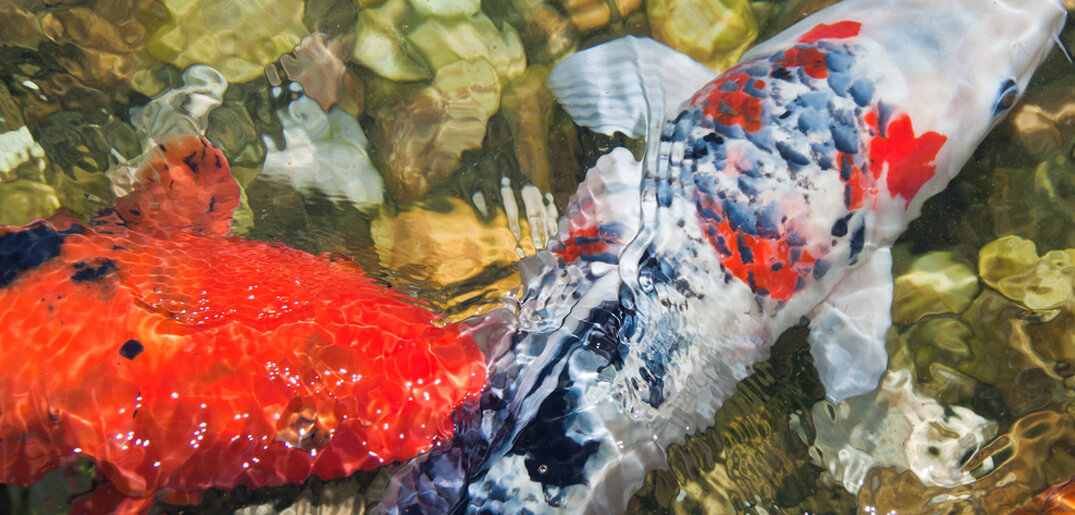One of the first things that buyers will notice about koi, aside from their vibrant coloration, is their steep price tag. A single specimen usually fetches hundreds of dollars, with some costing well over a thousand dollars and up. As such, buying and keeping this type of fish isn’t a hobby for the financially challenged, but it raises a deeper question: why are these fish so expensive?
Koi Are Valued For Their Rarity And Breeding
Koi are prized partly for the same reasons that pure bred dogs are which is the rarity and difficulty in producing specific variants. Just as certain dog breeds can only be bred under specific conditions, the same is true for Japanese koi. These fish come in two varieties, one of which is the “regular” types sold at pet shops, and show quality fishes. From the estimated fifty thousand koi which are born annually, only about fifty of them will be exceptional enough to be considered show quality, and in order to meet this criteria they must be perfect. Like dogs, these fish are evaluated based on their size, body color, and pattern and body shape.
Koi Coloration
Koi without a doubt have some of the most spectacular coloration seen by any fish on earth. They come in almost every color, and by comparison most other species that occur in the wild, such as sturgeon, catfish or fathead minnows, are completely bland by comparison. But color alone isn’t what makes koi special. The most sought after koi are those which have an identical shade in every part of their bodies, which is deep enough so that no white is visible during movement, and it should span a minimum of three scales, otherwise it is seen as being a blemish.
Koi Body Shape And Size
Another piece of criteria which is taken into consideration when valuing koi is the shape of their bodies and size. Generally speaking, bigger is better when it comes to these fish. The current record is held by a fish named “Big Girl” which weighs just over ninety pounds with a length of about 48 inches. The fish also has pronounced shoulders and an extensive tail and pectoral muscles. However, despite being the world’s largest koi to date, Big Girl still couldn’t break the price record. While she costs around $40,000, which is a king’s ransom for most people, the most expensive koi ever sold went for just over $2 million. What this should tell you is that size and body shape, while important, is only one factor to be considered.
Koi Pattern And Age
Koi are judged by the quality and crispness of their pattern. As such, younger koi will typically carry a higher price tag than older specimens, particularly those which are under the age of 14. Patterns which are complex are also preferred over those which are simple. Another reason why koi are valued however is due to their incredible longevity, which can even exceed the human lifespan. A koi named “Hanako” broke the world’s record for the longest lived fish, reaching the ripe old age of 226.


 Blog
Blog



